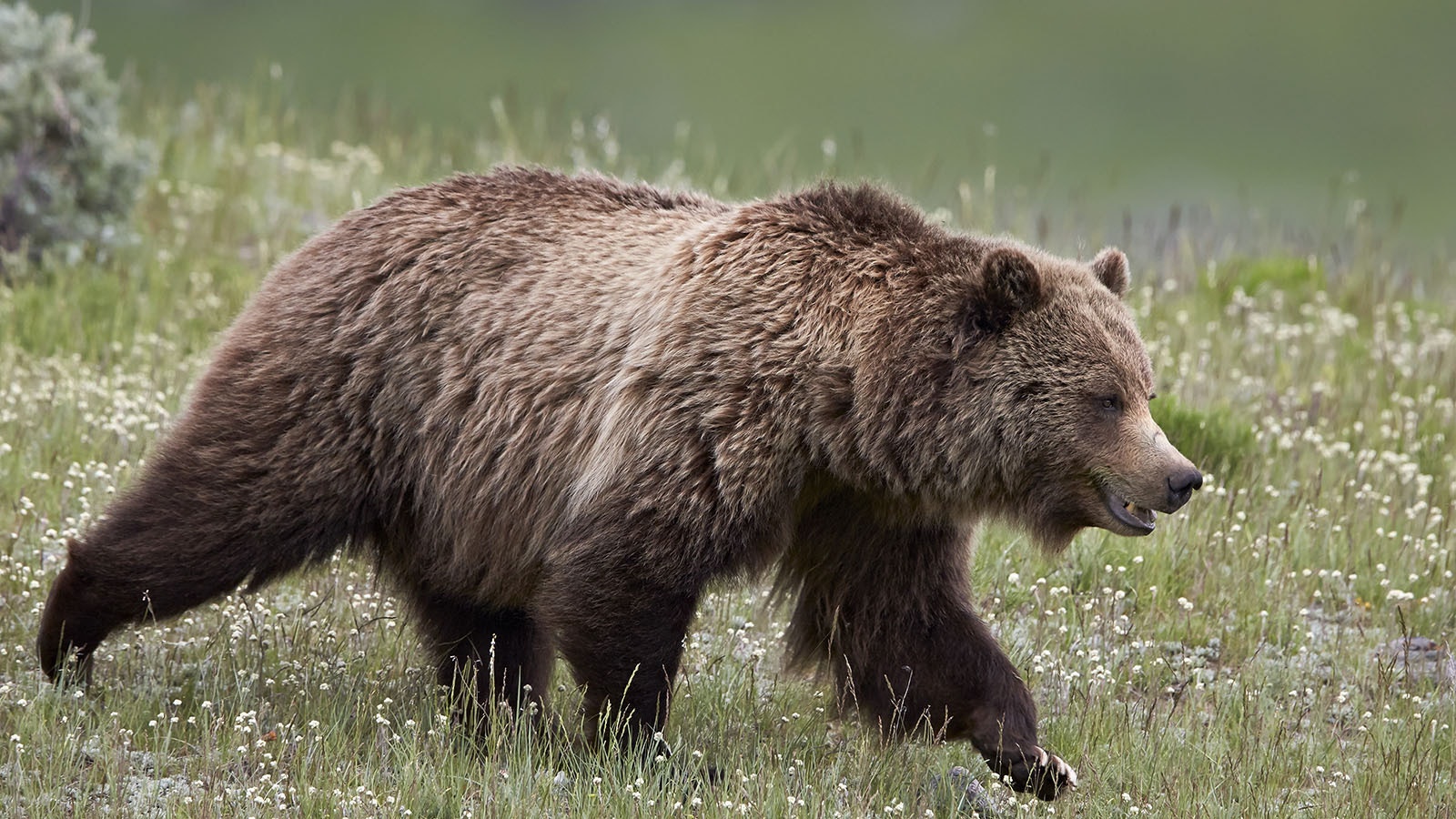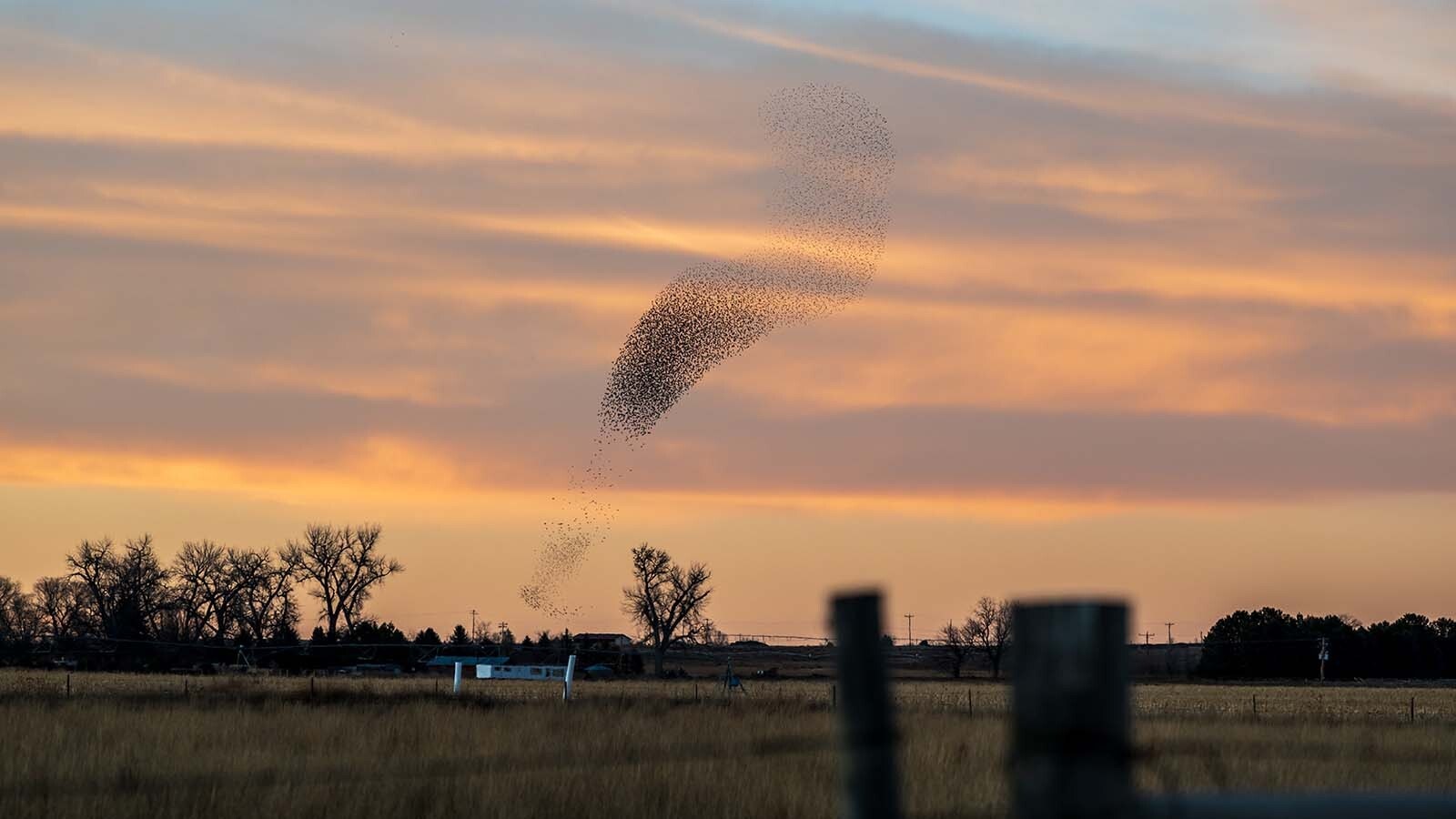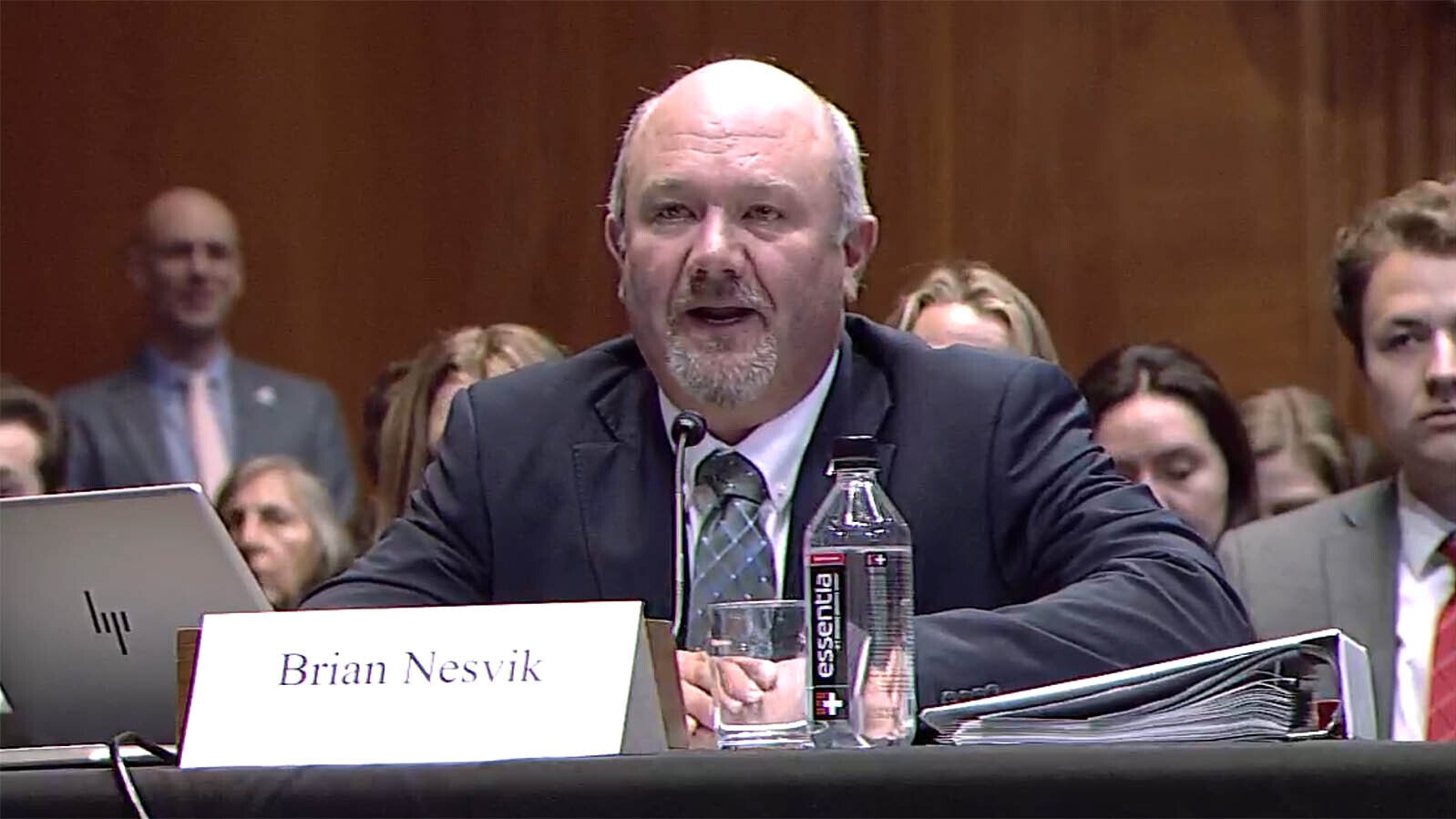For decades, the Wyoming’s Greater Yellowstone grizzlies and Montana’s Glacier park-Northern Continental Divide bruins have been regarded as separate populations.
That could soon change. There’s genetic evidence there’s already been some co-mingling of the populations, a wildlife biologist told Cowboy State Dailly.
“There was a grizzly bear that was removed for cattle depredation in the foothills of the Big Snowy Mountains in Montana in 2021 that ended up having Greater Yellowstone Ecosystem (GYE) ancestry based on genetic analysis,” said U.S. Geological Survey biologist Frank van Manen.
“What is needed, of course, is a bear traveling the opposite way, from NCDE (Northern Continental Divide Ecostysem) to GYE, and actually reproduce before we would see that in our genetic samples,” added van Manen, who is the supervisory research wildlife biologist for the USGS Interagency Grizzly Bear Study Team.
Grizzlies are expanding their range in all directions, even reclaiming swaths of prairie habitat in north-central Montana. The distance separating the Greater Yellowstone and Glacier/Northern Continental Divide populations has shrunk to just a few dozen miles, van Manen and grizzly bear expert Chuck Neal of Cody told Cowboy State Daily.
In parts of southwestern Montana, the edges of the two grizzly populations could be about 60-75 miles apart, they said.
Population Link Could Be Key To Delisting
Neal, who is a retired federal ecologist, and other grizzly advocates claim that robust genetic exchange between the Montana- and Wyoming-based populations is needed before grizzlies in the Lower 48 states are ready for delisting from Endangered Species Act protection.
“Yes, population connectivity is absolutely essential if there is ever any hope of maintaining self-sustaining GYE bears in the face of the coming environmental stresses over the coming centuries,” Neal said. “As long as the GYE bears live on their isolated island that we call Yellowstone, they will always be threatened and will require Endangered Species Act protection.”
Efforts to delist grizzlies kicked into high gear this year. Gov. Mark Gordon, Wyoming’s U.S. congressional delegation – and their counterparts in Montana – have pushed to have grizzly management handed from the federal government to state wildlife agencies.
Grizzly numbers are ample, delisting advocates claim, with more than 1,000 bears in each of the NCDE and Greater Yellowstone ecosystems.
Are Montana Grizzlies Really Meaner?
Meanwhile, there’s been some pondering over the possible differences between the two grizzly populations. For instance, it’s commonly assumed that grizzlies in and around Glacier National Park and the Bob Marshall wilderness in Montana are meaner and more likely to attack.
That’s not true, Neal said. The dust-ups between humans and grizzlies in northern Montana have to do with the landscape and the number of people on it, not Big Sky bears having a mean streak.
“The Glacier-NCDE bears are not more aggressive than the GYE bears. Remember the very differences in the two ecosystems and that will explain the statistical differences in close encounter with human and bears in the two landscapes,” he said.
“The Glacier-NCDE has much lusher, denser vegetation — much of it over head-high occurring on steep mountain slopes,” and so people and grizzlies have greater chances of running into each other unexpectedly, Neal said.
Glacier Park and northwestern Montana are also world-renown hiking destinations, meaning there’s more people on trails with dense cover, he added.
“People come from many countries to hike those beautiful limestone mountains,” Neal said. “As a result there are many opportunities for close encounters between bear and humans where the bears react defensively and attack.”
In Wyoming’s Yellowstone country, it’s easier for humans and grizzlies to avoid each other.
“The GYE (Greater Yellowstone) is not only much more open country with longer sight distances, but with far fewer hikers than the numbers that annually hike the Glacier-NCDE,” he said.
Montana Bears Bigger, More Vegetarian
The Glacier grizzlies are more likely to be primarily vegetarians, Montana Fish, Wildlife and Parks spokeswoman Danielle Oyler told Cowboy State Daily.
“The bears in Glacier National Park and the Bob Marshall wilderness eat a lot of berries and chokecherries,” she said. “Out on the mountain range fronts, they’re more likely to seek meat-based food sources, and the same is true in the Yellowstone ecosystem.”
Neal agreed, adding that the lush vegetation and rich limestone soil of the Montana habitat can make for bigger grizzlies.
“The Glacier-NCDE populations seem to produce more very large bears than the GYE bears but that is not genetically driven,” he said.
“The bighorn sheep also grow bigger on those same limestone soils,” he said.
“The GYE has a tremendous population of large ungulates with the 6,000 or so bison at the top of the list. Thus, the GYE bears have a much higher parentage of flesh in their diets than the Glacier-NCDE bears,” Neal said.
“Adult male grizzlies in the GYE average greater than 50% flesh in their diets while most grizzlies in Glacier-NCDE average 80% or more plant foods in their diet, but the lush productivity in their ecosystem more that makes up for lesser numbers of large ungulates,” he added.
Grizzlies Busting Out All Over
Grizzlies are pushing the boundaries of their habitat throughout Wyoming, Montana and Idaho, van Manen said.
“The reports of bears showing up in various places in Montana are actually not that surprising to us, and we have seen similar patterns around the Greater Yellowstone Ecosystem,” van Manen said. “Although the outlying observations in the GYE tend to be a little closer to occupied range compared with the NCDE.”
Most recently, a grizzly was spotted earlier this month in the Pryor Mountains, about 30 miles south, as the crow flies, from Billings, Montana. It was the first verified grizzly sighting there since the 1800s.
Grizzlies have been growing in number and expanding their range in both the Wyoming and Montana ecosystems for decades, and “high bear densities” in core habitats have prompted some bruins to push the boundaries, van Manen said.
That explains many sightings in areas where grizzlies haven’t been seen for decades, or even longer, van Manen said. However, whether they can establish permanent populations, as they seem to be doing in parts of Montana’s prairies, is another matter.
“Because most of the suitable areas that are large enough to support grizzly bears are now fully occupied, areas where these dispersers, mostly younger animals and mostly males, show up have a higher probability of conflict and are not necessarily areas that would support resident bears in the long term,” he said.
Will Wyoming, Montana Griz Populations Intermingle?
As close as the two grizzly populations are, any significant snuggling up between them might still be a long way off, van Manen said.
“The distance between Northern Continental Divide-occupied range and Greater Yellowstone Ecosystem, both based on data through 2022, is about 60 miles, which is within maximum dispersal distances observed for male grizzly bears,” van Manen said.
“Although that is a relatively short distance, there are substantial barriers to grizzly bear movement in the intervening area, primarily associated with Interstate 90 and valleys with high levels of human activity,” he added.
If grizzlies can overcome those obstacles, genetic exchange is vitally important for the Yellowstone bears, Neal said. The grizzlies in northwestern Montana have had some exchange with bruins in Canada, but the Greater Yellowstone bears have remained relatively isolated.
“Because of this long isolation on the GYE island the grizzlies have about 20% less genetic diversity than the Glacier-NCDE grizzlies,” he said.
Wyoming’s grizzlies aren’t suffering from inbreeding, “but the lesser genetic diversity will make the GYE bears less resilient to environment perturbations as increasing climatic changes take their toll in the coming century,” Neal said.
“There are no significant genetic differences between bears of the two ecosystems other than the one having greater genetic diversity, he added. “They could freely interbreed without any problems.”
Mark Heinz can be reached at mark@cowboystatedaily.com.





